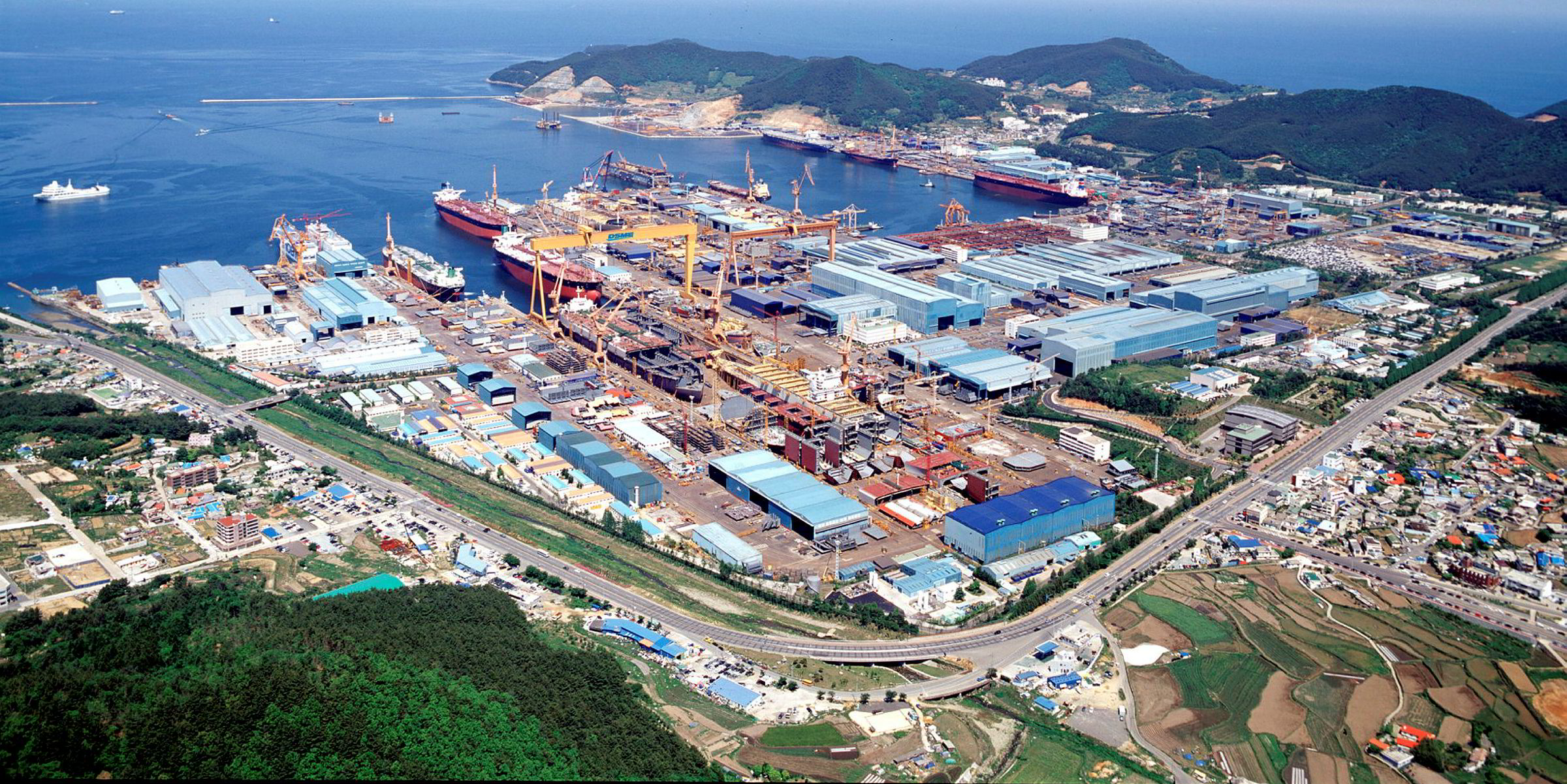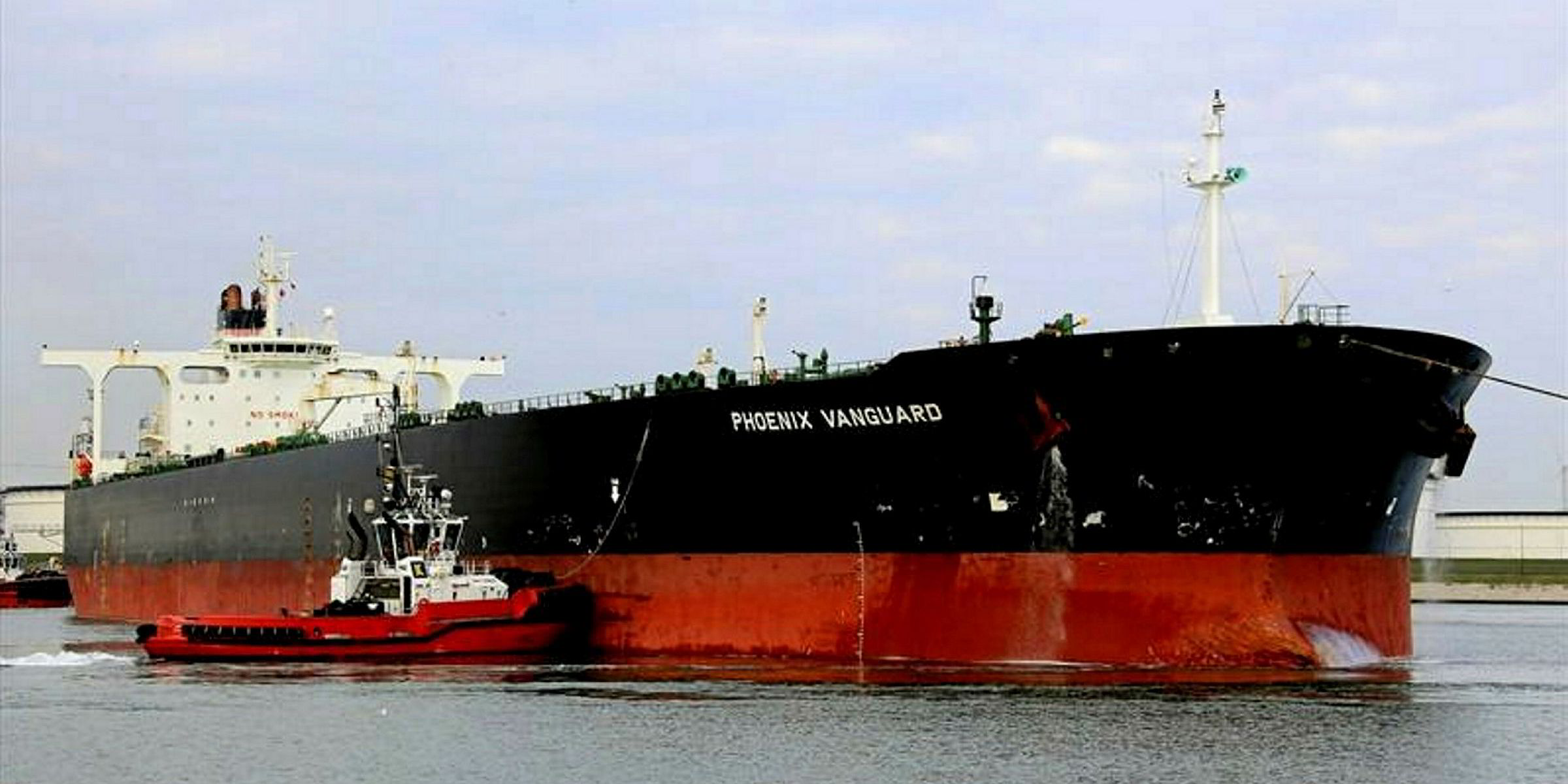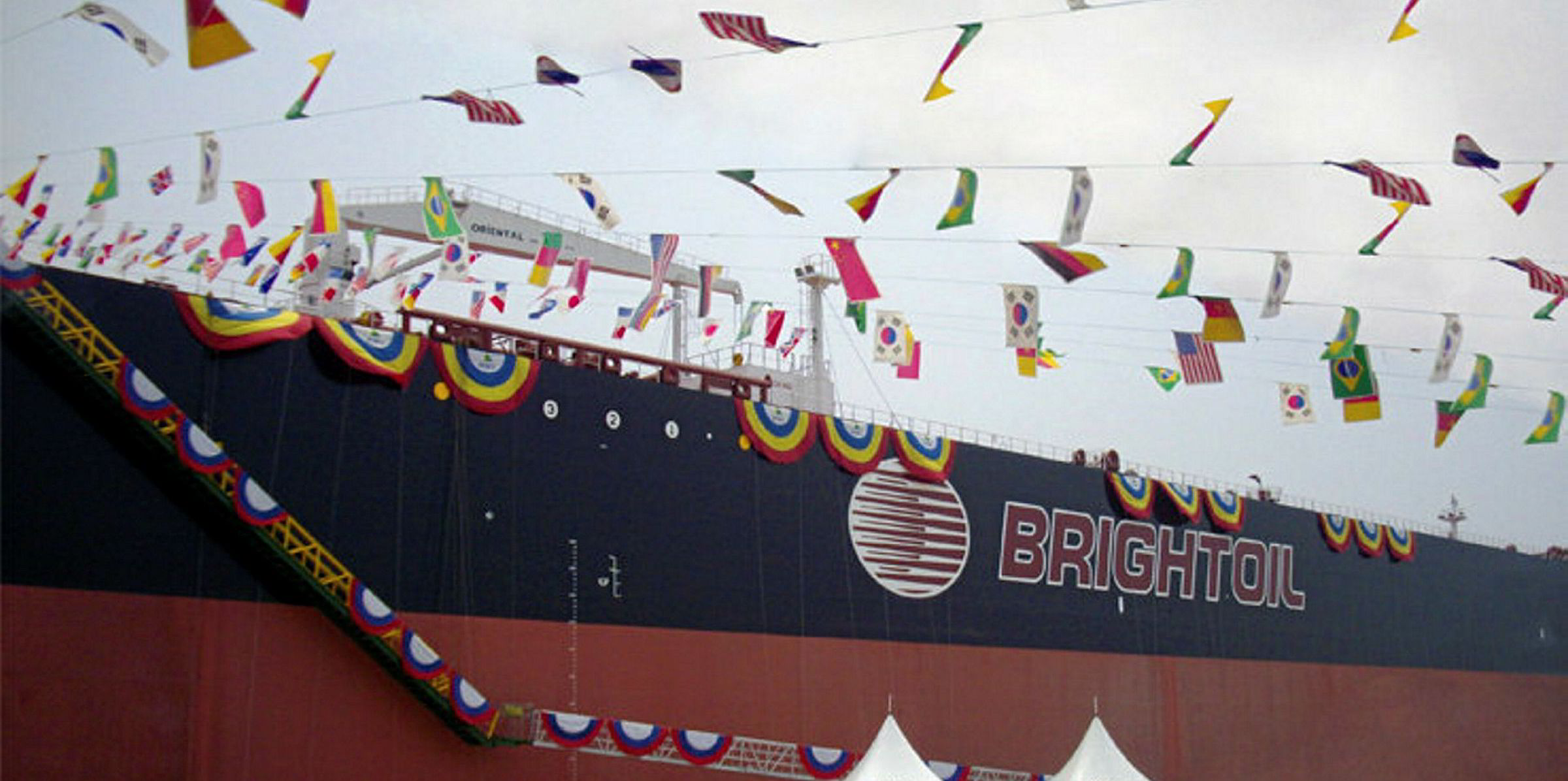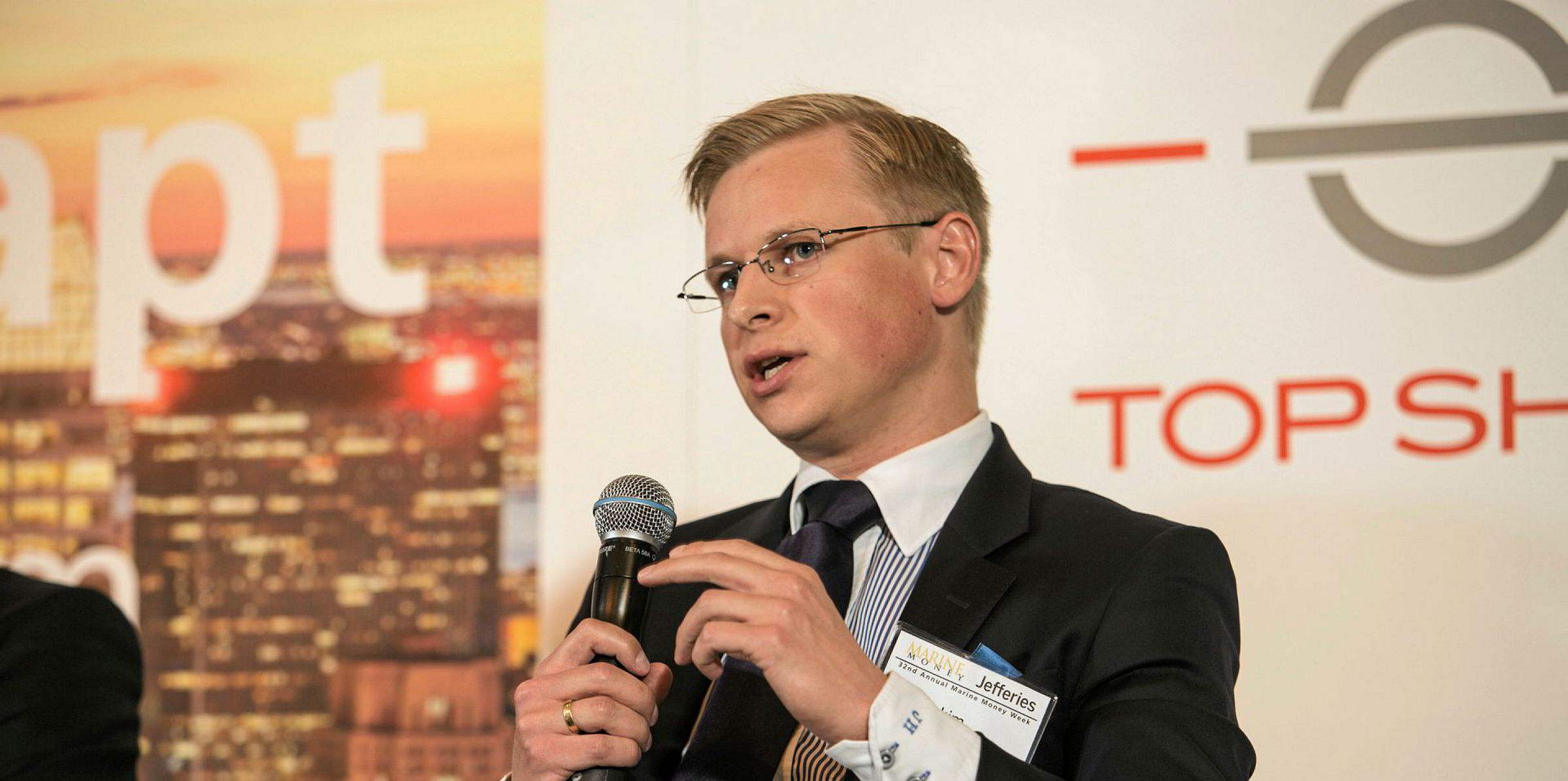While VLCC secondhand pricesare rising amid firm market sentiment, shipbuilders are not seeing a benefit.
Based on Clarksons’ assessments, the resale price of a VLCC newbuilding for prompt delivery has risen to $100m, from $94m at the beginning of the year. Ordering a fresh newbuilding at a yard costs $92m, down from $92.5m.
In late October, Hartree Maritime Partners reportedly resold the scrubber-fitted, 300,000-dwt Ghillie, which is scheduled to be delivered in the first quarter of 2020, for $103m. Comparable newbuilding orders were placed at South Korean yards for about $94m per vessel.
“If I had a choice now between a prompt one or 18 months forward, I would definitely pay $8m or $10m” more for the former, Frontline Management chief executive Robert Hvide Macleod said in a recent conference call.
Historically, when tanker earnings are believed to be entering an upcycle as they are now, ship investors would begin an ordering spree to fill yard slots, which would support newbuilding prices.
But many industry players said the uncertainty over the IMO’s decarbonisation rules is keeping potential investors at bay, with the new types of propulsion systems required to meet its long-term emissions goals still under development.
“No one wants to be the last guy buying outdated technology,” Webber Research & Advisory managing partner Michael Webber said.
“Owning a CD player or VCR today isn’t going to hurt you, but you’re probably not using it as much as you thought you would when you bought it.”
Data from Clarksons shows only 21 VLCCs have been ordered so far this year, compared with 49 VLCCs for the whole of 2018.
Mega mergers
The depressed newbuilding markets for VLCCs and most other types of cargoships have prompted multiple mergers between large yards in Asia, which build more than 90% of the world’s vessels.
No one wants to be the last guy buying outdated technology. Owning a CD player or VCR today isn’t going to hurt you, but you’re probably not using it as much as you thought you would when you bought it
Michael Webber
Pending regulatory approval from several countries, the merger between South Korea’s Hyundai Heavy Industries and DSME will create the world’s largest shipbuilding group.
In China, the central government recently sanctioned the merger of state-run shipbuilders China State Shipbuilding Corp and China Shipbuilding Industry Corp, creating a yard giant with assets totalling $112bn.
Japan Marine United and Imabari Shipbuilding are also in discussions about an equity tie-up, which will create the world’s third-largest player in terms of shipbuilding capacity.
But market sources suggested those planned mergers are unlikely to boost newbuilding prices, which are driven by the number of orders rather than the negotiating power of the yards.
“I think the mergers help on reducing shipyard costs and increasing margins, but probably not in improving pricing until the orderbook fills more,” Stifel analyst Benjamin Nolan said.
A London-based broker said: “Mergers usually help save costs rather than increase prices ... yards may actually make more money when dropping the prices.”
Opportunities for asset play
For VLCCs on the water, the increase in values has been observed across the age groups.
According to Clarksons, the resale price for a five-year-old VLCC has risen to $75m from $71m in January. The price of a 10-year-old ship has increased to $53m from $47m.
With the IMO’s decarbonisation rules not expected to be finalised by October at the earliest, and strong tanker earnings prospects in the coming quarters, some analysts predicted secondhand VLCCs would continue to outperform newbuildings.

“Prompt and secondhand ships will offer far superior returns to newbuildings,” Jonathan Chappell, Evercore’s senior managing director for shipping equities, said.
The buoyant VLCC market is expected to attract attention from asset players, even though limited financing may curb liquidity of secondhand trading, some observers said.
“We’d be focused on the middle of the asset curve,” Webber said, referring to vessels aged between five and 10 years.
“In terms of flipping newbuild orders ... it wouldn’t be my first choice. Aside from the negative carry, the tail risk is tough to predict and the opportunity cost is pretty [large] at the moment.”
However, some others hold a dimmer view as there have been substantial gains in asset prices in the past two years.
“The upside potential is limited," Rajesh Verma, Drewry’s lead tanker analyst, said. "Once the freight market stabilises [from the recent peak], prices might start softening.”
Bimco’s chief shipping analyst Peter Sand, who has been vocal about oversupply concerns, said that while there is scope for short-term asset play, prices will remain dependent on the state of freight markets.
“Bimco doesn’t see improvements in any of the sectors we cover and therefore would expect ship prices to fall,” he said.








